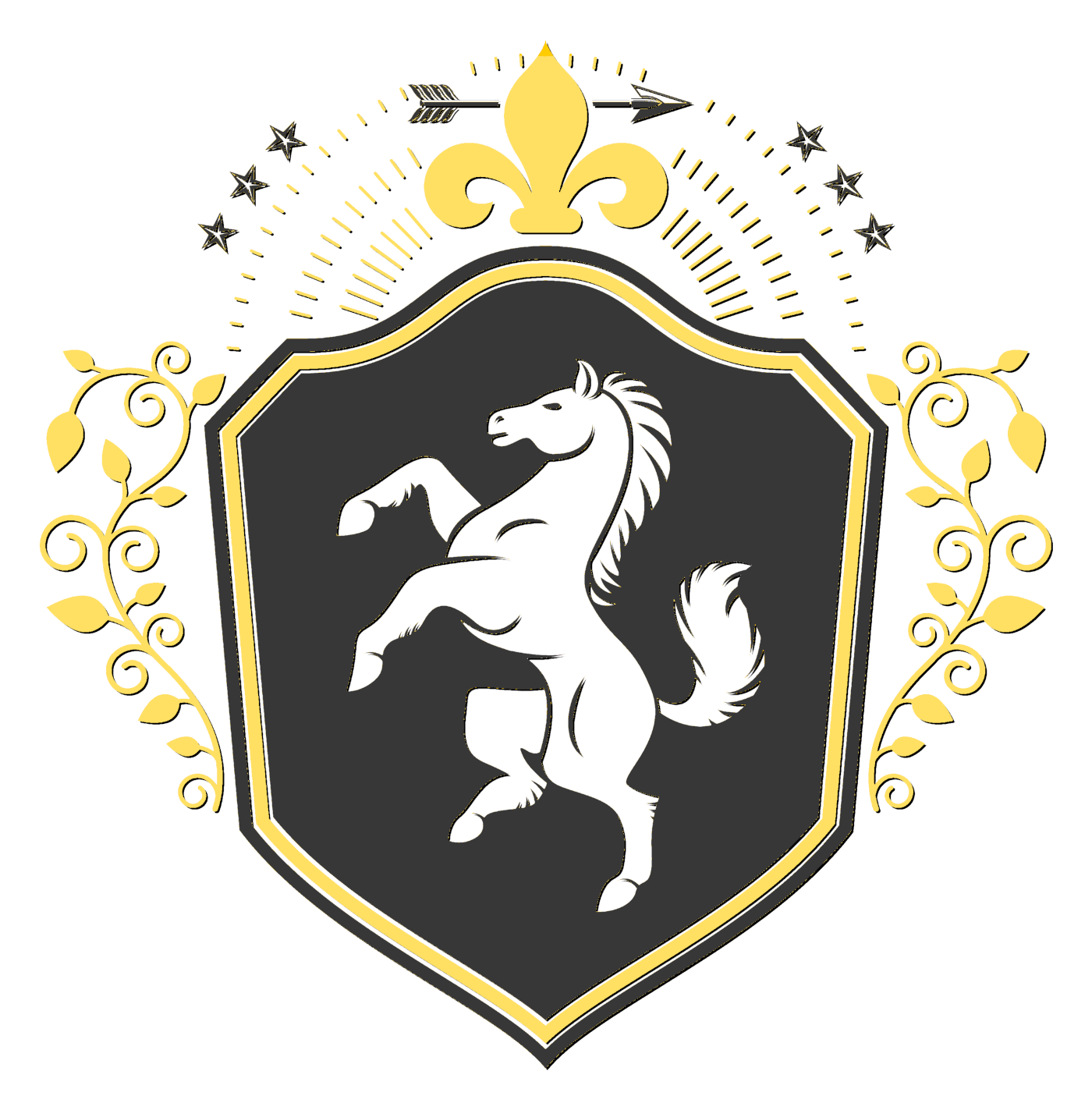I prithee, critique!
It grows like other trees, perhaps most like the ash tree in the pattern of its branches, but it never has leaves. Its branches and trunk have tightly sealed scales, like a pine cone, or a serpent, green like a green pine cone, or like a dark lime.
The scales are very small on the twigs, and become larger on the larger branches, and the largest on the trunk. The largest scales on the trunks of the largest trees can be ten centimeters on a side (they are pointed), but usually the largest scales are three or four centimeters on a side, on a trunk as large around as a mans head.
It grows branches and bubbles out twigs like other trees, but, summer or winter, wet season or dry, it is leafless as other trees are in the winter, or in the dry season. The wind at all seasons makes the sere, hissing sound in its branches that it makes with other trees when they are bare.
The branches are only a little flexible, but not at all brittle, the wood is very hard. Carpenters use it for very few things, things that need to be strong and do not need any intricate shaping.
The tree will only begin to produce flowers and berries when it is about ten years old.
Twice a year, in the coldest part of Fall, and the hottest part of summer, it gets small, dangling threads, around three or four centimeters long, of almost invisibly small, pale flowers. These bloom for a month or a little less.
Then come berries that grow to the size of bullets, slightly flattened spheres that seem to be partially divided into three or four parts at their tips. They are yew-berry red when they are unripe, but fade to clay black, and shrink to two thirds their size when they ripen. The ripe berries lose the division of their tips, but will have a ragged scar like an X or Y mark.
The berries have two or three seeds in them, about the size and shape of apple seeds, but they are more curved, and they are blacker colored. The ripe berries give a smell that attracts a certain selection of different kinds of birds will eat the berries. The berries do not give the birds any discomfort, but before they are fully digested the bird will die, and its body will fertilize the seeds. So in a way the three is carnivorous.
The particular smell of the ripe berries is not in the human range of smell, but the unripe berries have a faint, sour, fleshy, metallic smell. No other part of the tree ever has smell that humans can smell.
All parts of the tree are poisonous if they are eaten, but if the roots are ground and applied in a poultice, they are slightly helpful in healing flesh wounds.
It is very hard to make them burn. They can more often resist the action of forest fires (except their flowers and unripe berries, the ripe berries do not burn).
In the young tree the sap in the trunk is opaque (that is, not transparent) and pale green. In the twigs it is clear, even when crystallized. In an older tree the sap of the whole tree is clear.
The parts of the tree that have clear sap burn extremely slowly, and with little heat, when they do catch fire. The parts that have the green sap are equally hard to catch on fire, but when they do they burn away very quickly with great heat. Sometimes if a young tree succumbs to a forest fire, its trunk (with green sap) will burn away quickly, but the branches will burn slowly enough to last until the fire goes out, and will re-root, making multiple young trees where there was only one before.
After about twenty years it ceases to grow. It may die at any time of its life, but it can live nearly indefinitely (but this is rather rare). It usually dies anywhere from as soon as it sprouts to when it is three hundred years old.
When it dies the scales unseal, and become wrinkled,
horrent, and black. The tree looks very rough and formidable. The bark underneath resembles the bark of the roots (which have no scales), but when the tree dies this bark, on the roots, but especially on the trunk, takes on a ragged, rotten look.
When the tree dies, any flowers will take on a waxy, yellowish color, and unripe berries will take the same color on their skin, but will swell, sometimes twice their size, breaking up the skin, and the inside will become wet, and white, and crumble. Sometimes the middle where the seeds would have grown will fall out, and spot the ground around the dead tree with white.
In a certain forest in the north of Toi, these trees have a strange difference. Seemingly healthy boughs will fall from the trunk, breaking off with a sound as sharp and nearly as loud as the report of a gun.
There is a relative of the tree, with scales that are duller, and not so tightly sealed, if it grows next to another tree, its roots will attach to the roots of the tree, and trace up them, and the tree will grow sideways in the same direction, and will attach to the tree above ground. In this way it becomes a parasite of the other tree, and can sometimes choke it completely off.
What do you think?
What was your favorites things about it?
Was anything unclear?
Is there any part you would like to know more about?
Do you have any questions about things I did not cover?
I pray you, critique!



